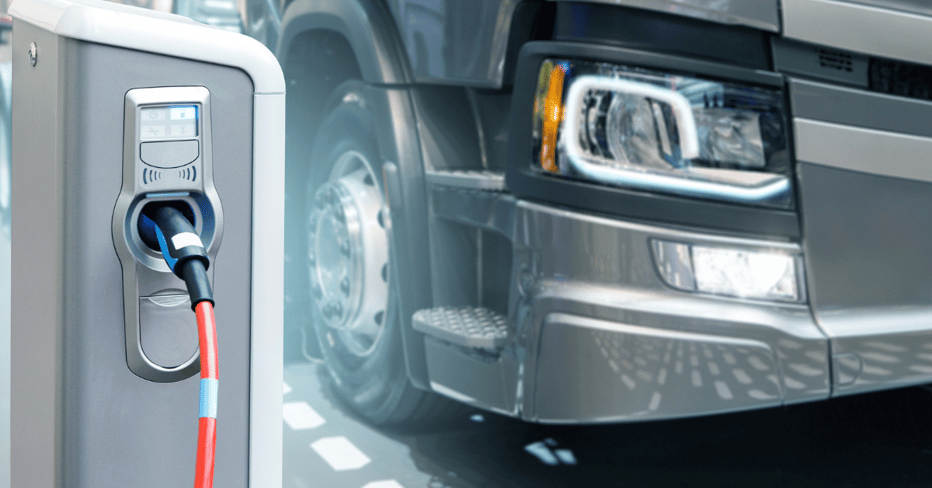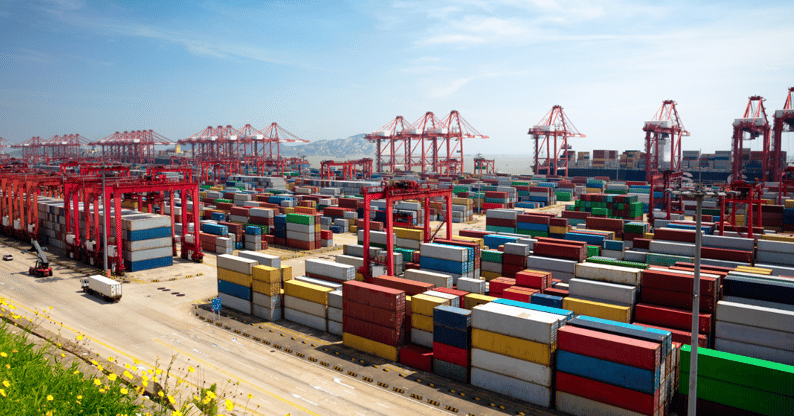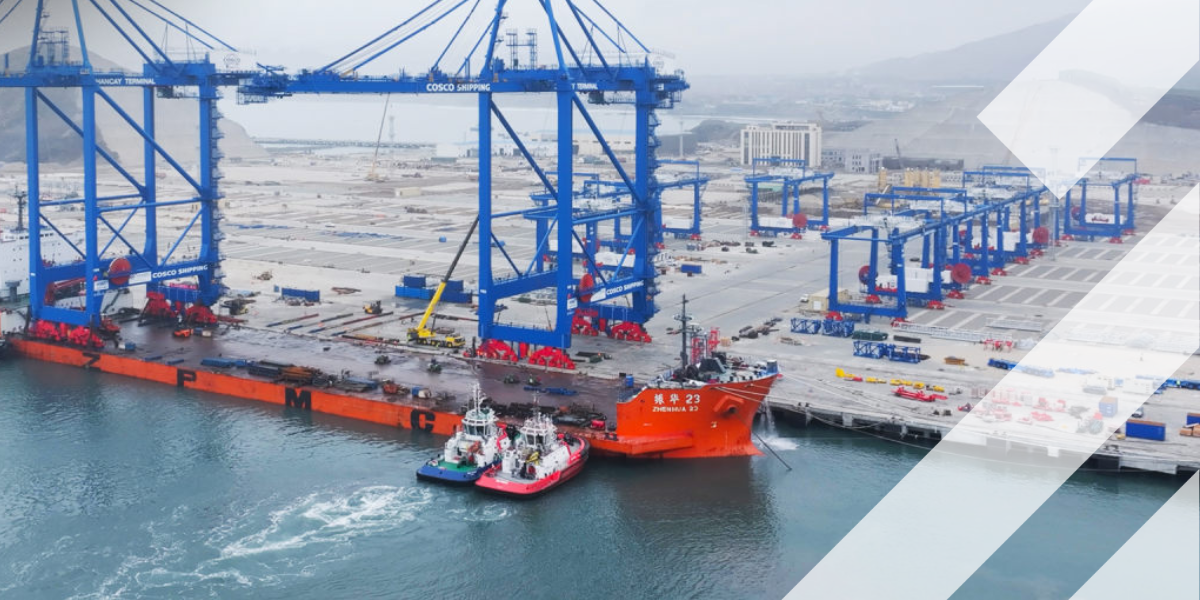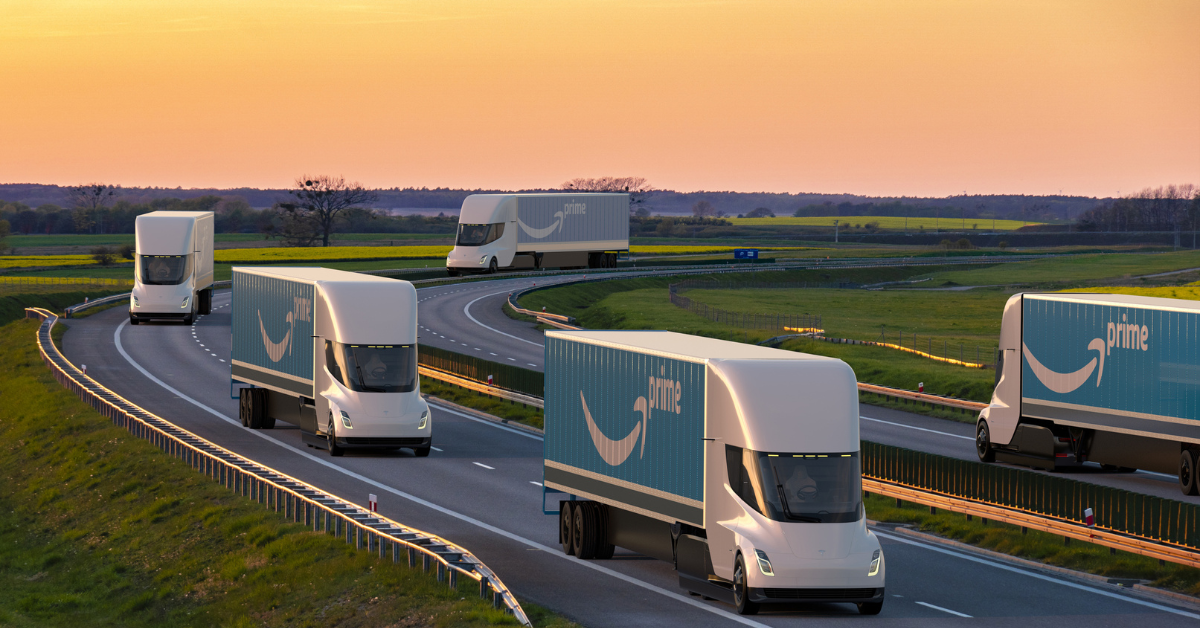Yanying Li assesses Europe and China’s very different approaches to the acceleration of the uptake of electric heavy-duty vehicles.
The EU and China are the two biggest markets for electric vehicles. Driven by their ambitious climate targets and high-level policies to transition to low emission economies, the EU and China both have a wide variety of policies and regulations in order to facilitate the uptake of electric vehicles.
The proposed EU policy to ban the sale of new petrol and diesel cars from 2035 aims to accelerate sales of electric vehicles. Many European cities have implemented low emission zones that have been a powerful tool to motivate freight transport operators to purchase electric vans. In China, policies at national and regional levels to provide financial incentives (e.g. tax exemption) as well as privileges to access urban areas have been effective instruments to speed up the switch to electric vehicles. Sales of electric cars have been strong for several years in both EU and China and in 2022 fully battery-powered electric vehicles accounted for 12.1% of the 9.1 million units sold in EU markets. In China 1 in 5 new passenger cars sold is electric.

However, compared to the fast growing market of electric cars and vans, uptake of electric heavy-duty trucks is slow. According to the International EnergyAgency (IEA), China accounted for nearly 90% of electric truck registrations in 2021, down from nearly 100% in 2017. Sales in the EU have begun to rise rapidly in the past few years, driven by an increase in available models in the markets, policy support, rapidly improving technical viability and economic competitiveness of electric trucks in certain applications. However, overall, only 0.1% of the global heavy-duty truck fleet is electric. China is the biggest market with electric trucks accounting for 0.4% of the whole truck fleet. Europe is the second biggest market with more than 1,000 units sold in 2022.
NEGATIVE CHARGE, POSITIVE OUTLOOK
While total cost of ownership is a key barrier, insufficient charging infrastructure significantly jeopardises market uptake of electric trucks, and the EU and China have very different approaches to address the lack of charging infrastructure. These also reflect future utilisation of electric trucks in both markets. The EU sees electric trucks as a direct replacement of conventional trucks, and EU policies for the deployment of electric trucks are similar to those for electric passenger cars. However, China does not consider the same applications of electric trucks as conventional trucks, but rather for certain scenarios and for specific purposes.
China does not consider the same applications of electric trucks as conventional trucks, but rather for certain scenarios and for specific purposes
CONNECTING ELECTRIC EUROPE
To support deployment of charging infrastructure for trucks (minimum 350kw), the EU has announced various funding instruments, e.g. the Connecting Europe Facility (CEF). Those charging stations will be deployed along key freight transport corridors. To support the deployment, the revised EU regulation for Trans-European Transport Network (TEN-T) has required charging infrastructure for cars, vans and trucks at 60km distances in each direction by 2025 on the core networks and by 2030 for the extended core and comprehensive networks.
China, however, does not have any national plans to deploy charging infrastructure for heavy-duty vehicles on its highway network for trucks, even though charging infrastructure for electric cars have been developing rapidly for several years with more than 5 million public charging stations. In the current discourse, battery swapping electric trucks is seen as a fast track to deployment. Compared to the power-charging mode, the battery swapping electric trucks have many advantages, as charging time is shorter and battery lifecycle is guaranteed. Battery swapping for an electric truck can be done within 5 minutes. In some swapping stations changing a battery can be done within 2 minutes. Since batteries are maintained by professionals, optimising the battery operation for battery health and safety can lead to longer lifespan, thus reducing cost while increasing efficiency.
Battery swapping electric trucks can offer a new business model of battery rental for users of trucks that can significantly reduce total cost of ownership as the battery cost accounts for around quarter of the total cost of an electric truck. In China, electric truck OEMs offer this new business model to boost sales and also to provide battery swapping and maintenance services to their buyers as a new business, namely battery-as-service. However, because OEMs want to operate such services by themselves they are not open to sector-wide standardisation or agreements.
Therefore, deployment of public battery swapping stations is not realistic, not only because they are expensive but also because they are not interoperable. Most battery swapping stations for heavy trucks are tailor-made, in closed sites, or for certain routes only. Battery swapping trucks are mostly used for waste collection and transport, mine shuttles, and transport at industrial sites, e.g. steel plants. In such scenarios, deployment swapping stations can be financially viable as operation cost of electric trucks can be cheaper than of conventional trucks. In addition, heavy industrial companies in China are obligated to reduce their Greenhouse gas (GHG) emissions, a driving force for such corporates to increase usage of renewable energy that can also power their heavy-duty vehicle fleet.
To increase its efficiency and reduce its GHG emissions, a government-supported pilot project to use 5G technologies for heavy-duty trucks with Level 4 (L4) driving automation has been initiated in China
THE AUTONOMOUS ELECTRIC PORT
There are some government-supported pilot projects to operate fully automated electric heavy-duty trucks, e.g. the 5G +L4 pilot project in Shanghai Yangshang deepwater port, the world biggest container port. To increase its efficiency and reduce its GHG emissions, a government-supported pilot project to use 5G technologies for heavy-duty trucks with Level 4 (L4) driving automation has been initiated. L4 driving automation does not require any human interaction to operate the vehicle. Since a human driver is never needed, use of L4 driving automation can significantly increase capacities and can not only reduce labour cost but also errors caused by human drivers.

The pilot project aims to test and evaluate fully automated electric trucks for container transport inside the port area. To deploy fully electric trucks as intelligent and automated vehicles is seen as an opportunity to accelerate uptake of electric heavy-duty trucks. As most electric heavy-duty trucks are used in closed sites, deployment of driving automation is feasible. The combination of electrification and connectivity and automation will help to reduce overall operational costs, thus increase competitiveness level of electric heavy-duty trucks.
The combination of electrification and connectivity and automation will help to reduce overall operational costs, thus increase competitiveness level of electric heavy-duty trucks
However, in the EU, the discussions on the deployment of automated vehicles and electric heavy-duty vehicles have been separated. Horizon Europe, a 7-year European Union’s research and innovation framework programme for 2021-2027 with a budget of €95.5 billion, has set up partnerships that will co-design the funding programmes, the Connected, Cooperative and Automated Mobility (CCAM) partnership and the Towards Zero Emission Road Transport (2Zero) partnership. Deployment of electric heavy-duty vehicles is under the 2Zero partnership and deployment of driving automation of all types of vehicles is under the CCAM partnership This approach can be explained by the EU seeing electric heavy-duty vehicles as a direct replacement of conventional trucks, rather than as intelligent and automated vehicles as China does.
One notable difference is the EU seeing electric heavy-duty vehicles as a direct replacement of conventional trucks, rather than as intelligent and automated vehicles as China does
The two different mindsets naturally result in varying funding schemes and government support policies. It is too early, though, to say which approach will be the best to accelerate the uptake of electric heavy-duty trucks. The rise of energy prices in 2022 brought by the war in Ukraine has accelerated the transition to renewable energy and it has also had a positive impact on electrification of freight vehicles. In the post-COVID era the logistics sector faces many new challenges, including a shortage of truck drivers. Fully electric and automated trucks can be the silver bullet to solve many issues in the logistics sector.
Yanying Li is Head of Programmes and Knowledge Management, member of EC’s European Expert on Urban Mobility, at ALICE.






